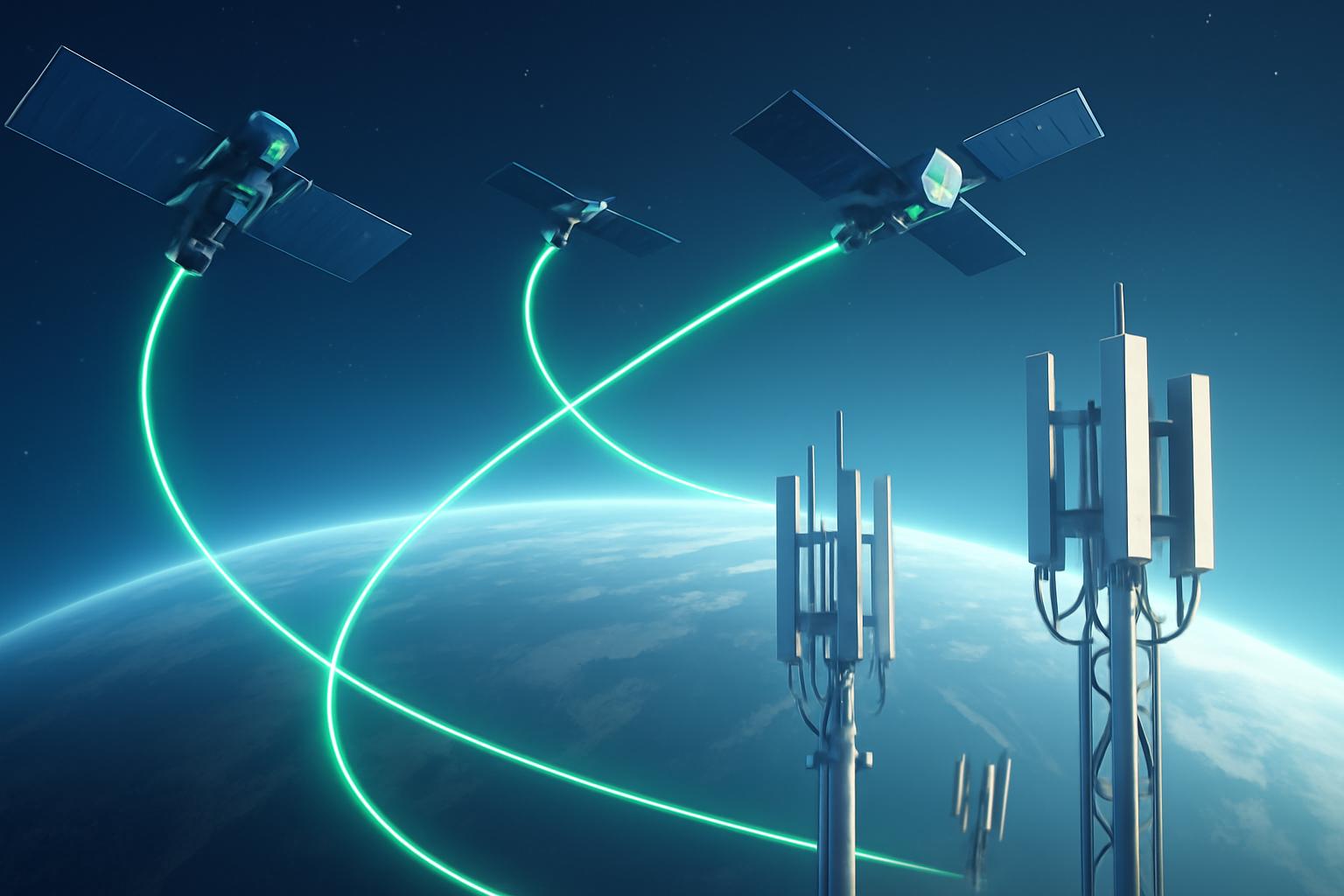AST SpaceMobile Secures Strategic Partnership with Verizon
AST SpaceMobile has formalized a pivotal agreement with Verizon to deliver space-based cellular broadband coverage across the United States. This marks AST’s most significant commercial partnership to date and a major step in expanding its footprint in the nascent space-to-cellular telecommunications sector. Under the terms of the deal, Verizon will integrate AST’s satellite network with its existing terrestrial infrastructure, leveraging Verizon’s 850 MHz spectrum band to extend connectivity into remote regions where traditional cell towers are unavailable. Financial details of the agreement remain undisclosed. This collaboration builds upon an earlier commitment made by Verizon last year, when it pledged $100 million to support AST’s technology deployment and service launch.
BlueBird Satellite Constellation Deployment Progress
AST SpaceMobile is currently advancing its BlueBird satellite constellation, designed to enable direct connectivity between satellites and standard, unmodified mobile phones. To date, the company has successfully launched five initial “Block 1” BlueBird satellites into low Earth orbit, providing intermittent coverage over the U.S. Looking forward, AST plans a substantial scale-up with the deployment of between 45 and 60 next-generation “Block 2” satellites by 2026, aiming to offer more consistent and widespread service.
Escalating Competition in Satellite-to-Cellular Connectivity
The satellite-to-cellular market is rapidly evolving, with AST facing mounting competition from SpaceX. SpaceX’s Starlink service has already launched direct-to-cell connectivity in partnership with T-Mobile, recently expanding its spectrum holdings through a $17 billion acquisition from EchoStar. These developments underscore a competitive race to dominate space-enabled mobile broadband, an arena promising to bridge connectivity gaps in underserved areas.
Technological Achievements and Challenges Ahead
AST has demonstrated robust 4G and 5G connectivity via its satellites, successfully conducting voice and video calls directly between satellites and smartphones. These milestones validate the company’s network capabilities. Nevertheless, scaling this technology to serve millions of users remains a significant hurdle, requiring further satellite deployments and network integration.
FinOracleAI — Market View
AST SpaceMobile’s strategic partnership with Verizon represents a critical advancement in the integration of satellite and terrestrial networks. By leveraging Verizon’s spectrum and infrastructure, AST is positioned to accelerate the rollout of space-based cellular broadband in the U.S., addressing connectivity challenges in rural and remote areas.
- Opportunities: Enhanced rural coverage, expanded market share, first-mover advantage in direct-to-cell satellite broadband.
- Risks: Intense competition from SpaceX and other players, high capital expenditure for satellite deployment, regulatory hurdles.
- Potential for technological breakthroughs to improve scalability and service quality.
- Market adoption dependent on seamless integration with existing mobile networks and consumer devices.
Impact: This deal significantly boosts AST SpaceMobile’s market credibility and share price, but the company must navigate competitive pressures and scaling challenges to capitalize fully on the growing satellite-to-cellular broadband market.













